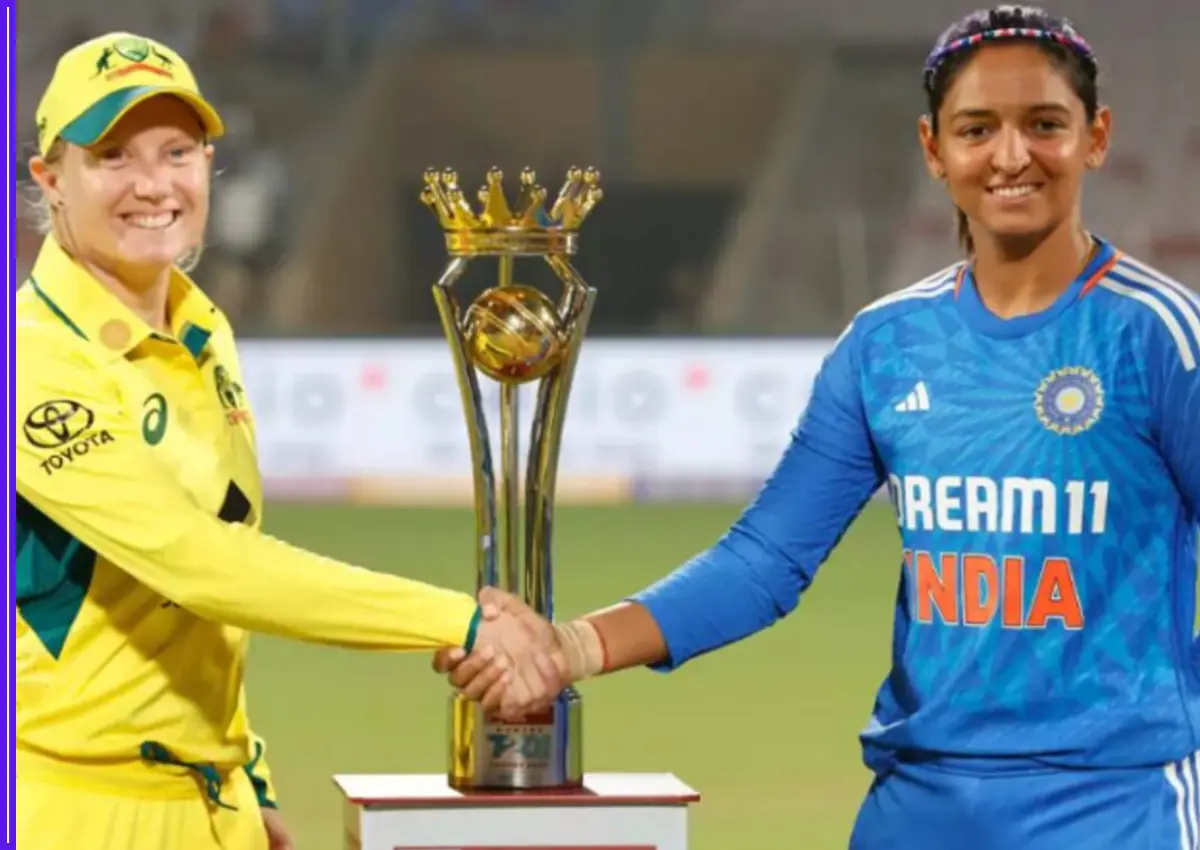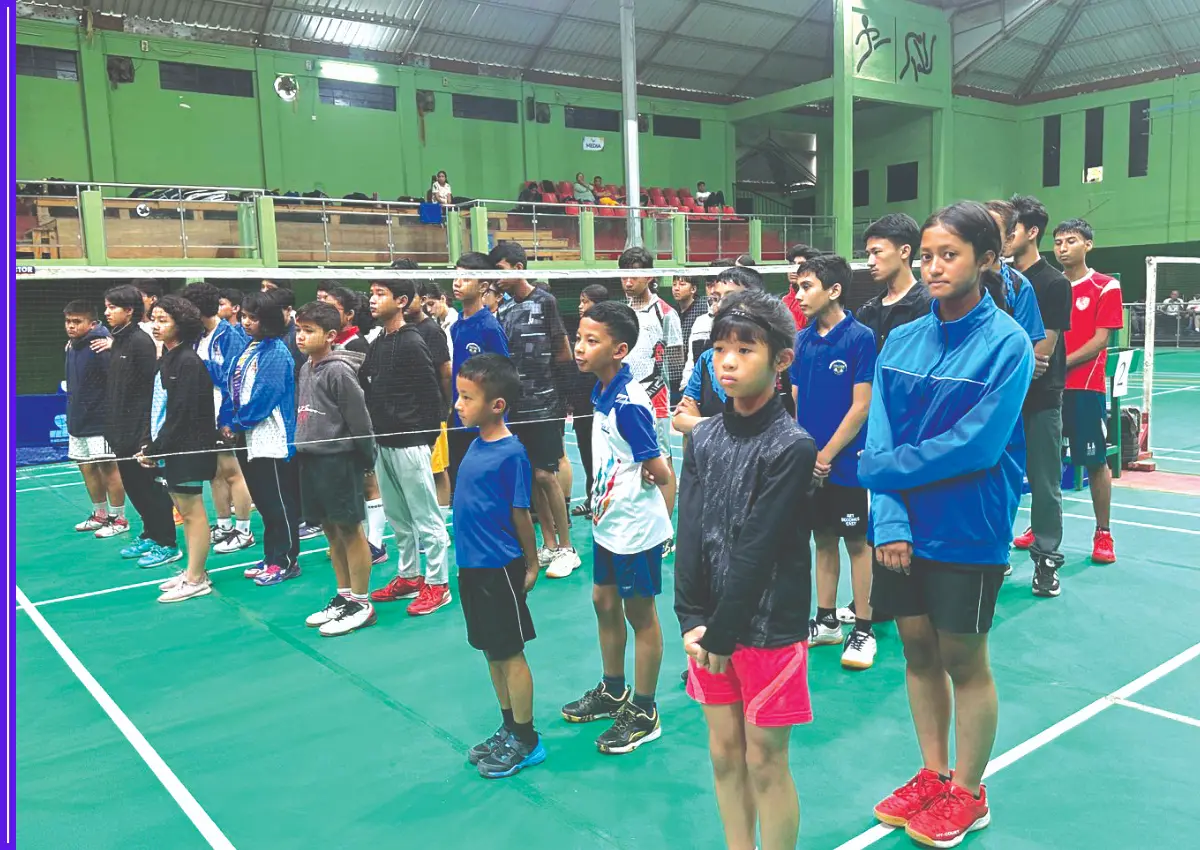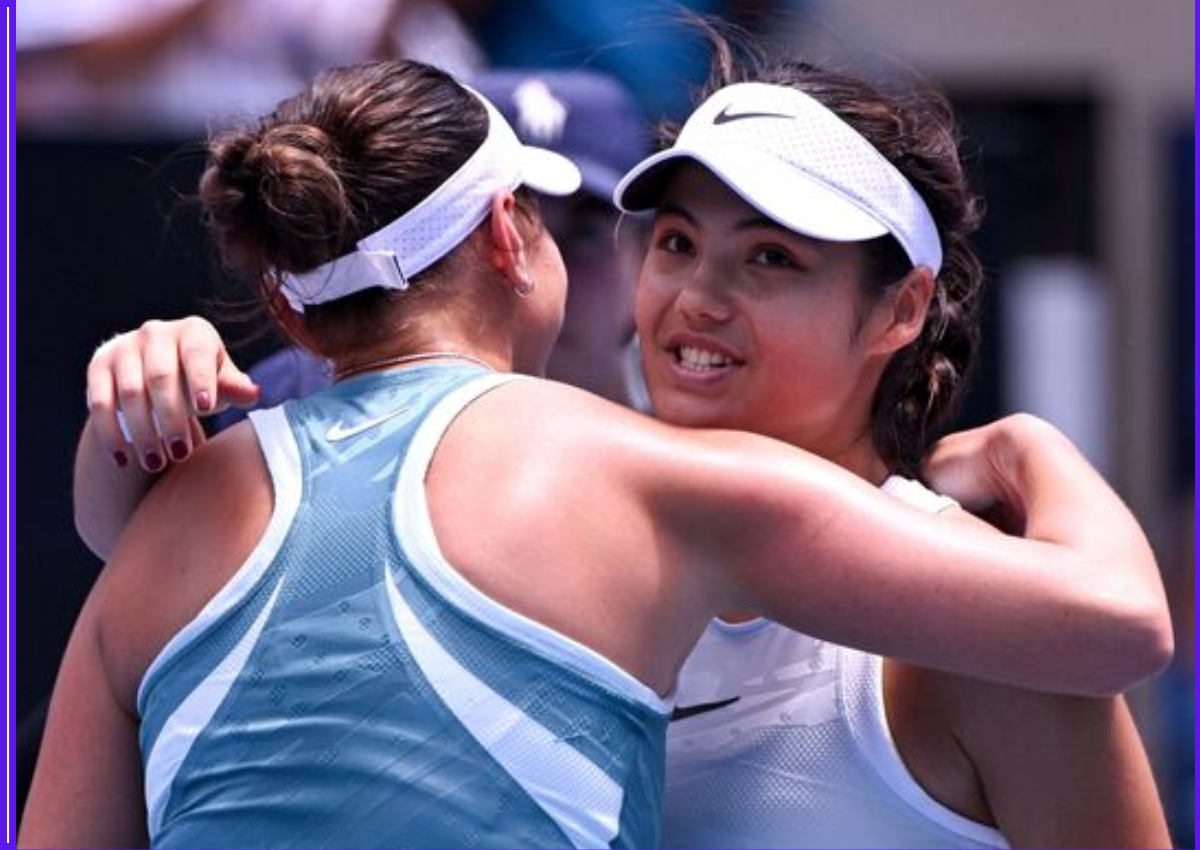The Supreme Court’s Justice BV Nagarathna has emphasized the crucial role that women played in the drafting of the Indian Constitution, highlighting the efforts of the fifteen female members of the Constituent Assembly in creating a document that is both inclusive and revolutionary.
To ensure women’s dignity, Justice Nagarathna stressed that Indian women’s constitutional vision went beyond political liberty and included a fundamental reform of the domestic domain. “Through the political force of nationalism, the Indian women’s constitutional imagination sought the radical transformation of the private sphere.”

Put another way, the core of the country’s program for social renaissance was restoring the private domain and guaranteeing women’s dignity. Judge Nagarathna stated that nationalism in India was not just focused on political liberty or the domain of men.
On August 3, 2024, Justice Nagarathna gave the keynote speech at the Pluralist Agreement and Constitutional Transformation Conference, which was put on by NLSIU, Bengaluru. Her topic was “Home in the Nation: Indian Women’s Civic Imagination.” Recognizing the fifteen female members of the Constituent Assembly, Justice Nagarathna started. These ladies were: Sarojini Naidu, Vijaya Lakshmi Pandit, Begum Aizaz Rasul, Annie Mascarene, Hansa Mehta, Leela Roy, Purnima Banerjee, G. Durgabai (also known as Durgabai Deshmukh), Annie Mascarene, and Ammu Swaminathan.
According to Justice Nagarathna, the Indian women’s movement fostered a pragmatic yet transformational constitutional imagination. She said that these women made sure the fight for national liberation and enfranchisement was entwined with the fight to alter the private realm.
In its 1940 Report, the Sub-Committee on Women’s Role in Planned Economy promoted equal inheritance, social and economic prospects, and unrestricted voting rights for women. ‘Constructive citizenship’ is how Rajkumari Amrit Kaur referred to this participatory strategy. Judge Nagarathna emphasized.
Additionally, Justice Nagarathna mentioned that these women participated in several Constituent Assembly subcommittees, using written submissions and notes of dissent to express the viewpoint of the women’s movement. She said that even though they were outnumbered, their persistent pursuit inside the Committees and skillful justification made sure their views were heard in an assembly that was dominated by men.
The role of Renuka Ray, the lone female member of the Hindu Law Committee, was emphasized by Justice Nagarathna. She promoted the preservation of women’s full estate rights by bolstering the reformist position with insightful interpretations of Shastri literature and colonial state legal rulings.
Judge Nagarathna emphasized that the goal of the women’s leaders in the Constituent Assembly was to include gender equality into the constitutional framework and to confront conventional ideas of female inferiority.
Gender equality was enshrined in the Indian Women’s Charter of Rights and Duties, which was authored by Smt. Hansa Mehta and approved by the All-India Women’s Conference in 1946. Articles 14, 15, and 23 of the Constitution, according to Justice Nagarathna, embody the spirit of the Charter. She emphasized Rajkumari Amrit Kaur’s claim that women were “technically the largest minority,” which brought attention to the widespread prejudice against them.
Judge Nagarathna stated that women members of the Constituent Assembly, such as Rajkumari Amrit Kaur and Smt. Hansa Mehta has effectively pushed for gender equality through written dissent and committee contributions, despite their numerical minority. She stated that other members, like Dakshayani Velayudhan, Aizaz Rasul, and Annie Mascarene, actively sought doable solutions for women’s safety and empowerment, even while the concepts of the constitution were being developed. She emphasized that Renuka Ray concentrated on the mental health of refugee women, while Durgabai Deshmukh advocated for vocational training and education for women impacted by Partition violence, citing Prof. Achyut Chetan’s book “Founding Mothers of the Indian Republic.”
Aizaz Rasul highlighted the necessity for women in diplomatic positions and employment exchanges, advocated for the enlistment of women in the armed forces, and opposed the Armed Forces (Special Powers) Bill. Annie Mascarene advocated for more pay and supplies for nurses and other female medical professionals, while Ammu Swaminathan sought job help for female medical staff.
Dakshayani Velayudhan has shown a particular interest in promoting the rights of female factory workers and Dalit girls, emphasizing the state’s need to take proactive measures to maintain equality and combat untouchability. Social justice and the inclusion of underprivileged groups through political reservations for Scheduled Castes and Scheduled Tribes are highlighted in the Preamble of the Constitution as well as Articles 38, 39, and 46.
Justice Nagarathna reminded the Constituent Assembly that the state must actively carry out the transformational intent of the Constitution to guarantee everyone’s equality before the law and equal protection under the law.
Judge Nagarathna stated that Durgabai Deshmukh made noteworthy contributions by calling for women to be recruited into the Indian Administrative Service (IAS) and Indian Police Service (IPS), as well as demanding vocational training for refugee women who had been victims of Partition violence. Durgabai Deshmukh envisioned the Supreme Court as a defender of the Constitution and basic rights in her speech to the Constituent Assembly.
To guarantee that Hindu religious institutions are accessible to all classes and sections, not just particular groups, Justice Nagarathna noted that she played a significant role in expanding Article 25(2)(b) of the Constitution and moving an amendment substituting the words “all classes and sections” instead of “any class or section”.
Judge Nagarathna pointed out that G. Durgabai’s approach to the amendment was a prime example of the Founding Mothers’ strategic decision-making with an eye toward change and reform.
Judge Nagarathna said that by ensuring that the Directive Principles of State Policy (DPSPs) were not only advisory but also essential to government, women members of the Constituent Assembly significantly contributed to the creation of the Constitution. She said that as Justice Bhagwati pointed out, their work significantly changed Article 37, elevating DPSPs to the status of fundamental elements of constitutional law. This modification, which stressed that DPSPs should direct state activities and laws, was influenced by Rajkumari Amrit Kaur and Hansa Mehta, according to Justice Nagarathna.
Justice Nagarathna further mentioned that Ammu Swaminathan believed that societal change could not occur without the Constitution’s twin emphasis on DPSPs and Fundamental Rights. Justice Nagarathna said, “This framework has allowed the Supreme Court to promote socio-economic reforms and guarantee a harmonious interpretation of these constitutional provisions.”
According to Justine Nagarathna, the main goals of Indian women’s constitutional activism have been social justice and transformation. She said that addressing social hierarchies and ensuring women’s financial independence are essential to this transformation because they reduce economic exploitation and encourage women to enter the workforce. She cited recent decisions from the Supreme Court that demonstrate the significance of this financial independence: the Court ruled that divorced Muslim women can still get maternity leave and maintain a woman’s access to maternity leave even after taking childcare leave.
She went on to say that inclusive government also requires political empowerment, pointing out that Karnataka’s requirement that at least 50% of local body members be women embodies this idea. T. Venkatesh v. State of Karnataka, a 2011 Karnataka High Court case written by Justice Nagarathna, addressed discriminatory laws that restricted women’s leadership positions. The court found that these laws went against the principles of equality under Article 15(3) and guaranteed equal opportunities for women in local government.
Judge Nagarathna emphasized that women’s contributions to the women’s movement are only one aspect of their significant involvement in establishing India’s Constitution; they also played a critical role as forward-thinking constitutionalists. She emphasized that G. Durgabai saw the governor as an impartial figure above party politics who sought to promote concord, stressing that present practices frequently
Purnima Mukherjee said that the Preamble should express the people’s sovereignty openly since it should represent their ultimate authority beyond merely holding elections regularly. According to Justice Nagarathna, this foresight has strengthened India’s constitutional democracy.
Justice Nagarathna emphasized that the contributions made by Indian women have strengthened the Constitution’s tenacity by highlighting principles of governance, federalism, fraternity, and basic rights. The Supreme Court’s decisions regarding maternity leave and support for Muslim divorcees, she continued, underscore the continued necessity of female equality and financial development.
Social fairness and economic democracy cannot be achieved without principled governance and respect for the Directive Principles, fairness Nagarathna emphasized. She emphasized how crucial the judiciary’s role is in upholding equal justice and safeguarding basic rights.
In conclusion, Justice Nagarathna alluded to Hansa Mehta’s observation that the efficacy of the Constitution depends on its implementation in the best interests of the people, which he made at the last talks of the Constituent Assembly on November 22, 1949.
“Every subsequent generation of women and everyone involved must continue the invaluable endeavors and efforts of our Founding Mothers. They didn’t focus just on women’s status in Indian culture or gender rights. We bear the blame, Justice Nagarathna declared.








